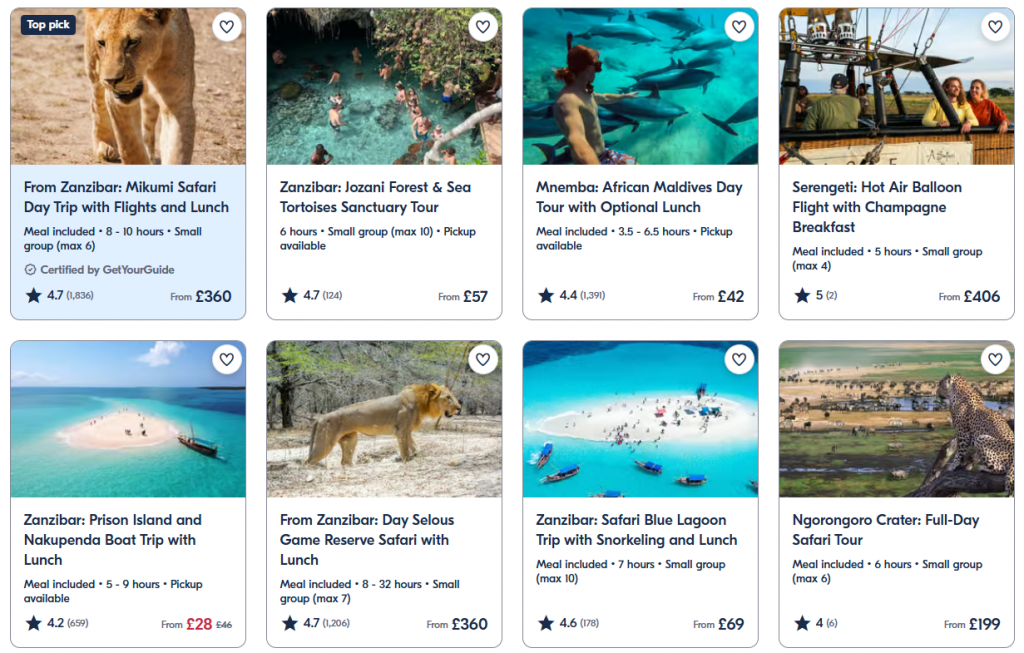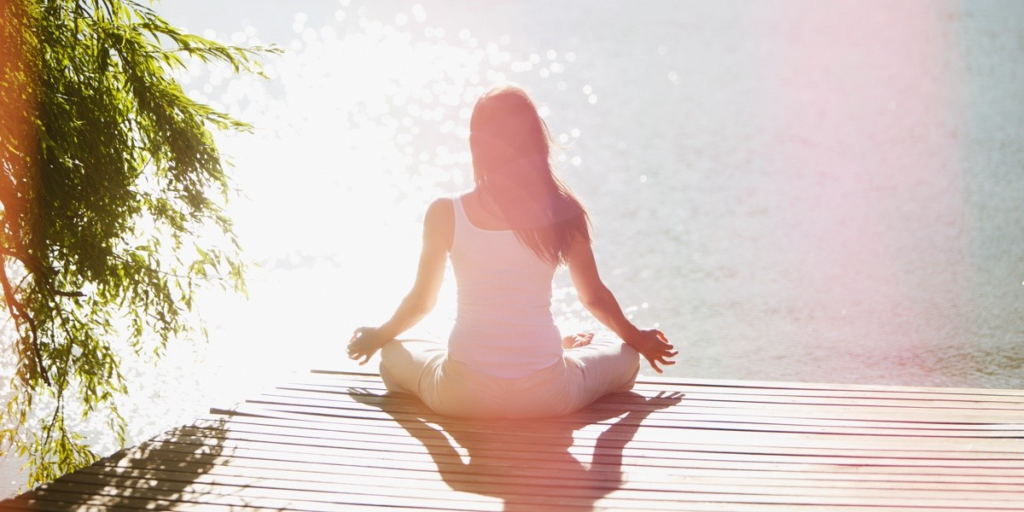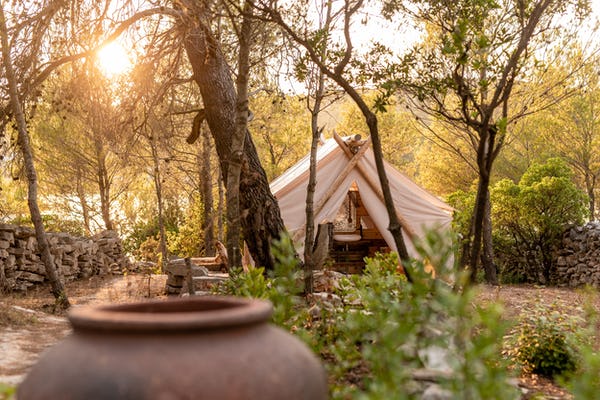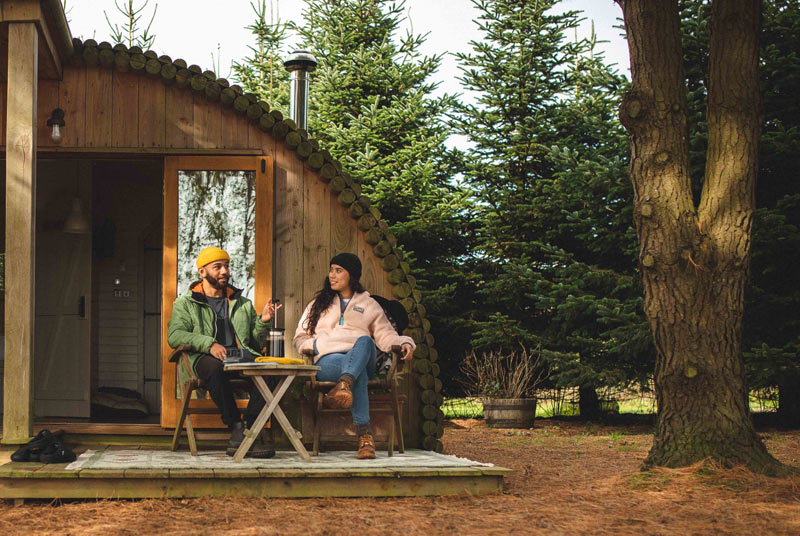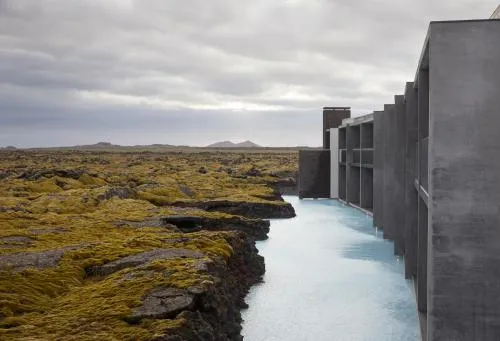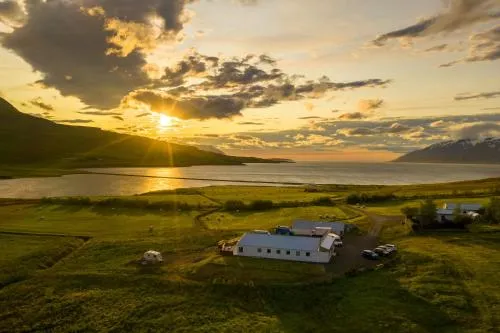
Getting in a safari on a budget
Tanzania is generally a cheap place to travel ( Budget Your Trip estimates that the average traveller will spend £18 per night on meals and £70 on accommodation) – however, there’s one notable exception.
Yes, the country’s safaris are infamously costly, and they’re likely to eat heavily into your budget thanks to a combination of expensive national park entry fees (the Serengeti and Nyerere National Parks will charge £60 per adult entry alone during the peak season plus a number of add-on costs – high fuel prices, vehicle and guide hire, and accommodation costs.

There are a few ways to ensure you get to see the out-of-this-world natural beauty of Tanzania’s national parks (and why would you want to miss out?) while still cutting back on costs, however:
- Consider when you travel. The high season of May to October will be expensive, particularly during the Great Wildebeest Migration. The low season (March to May) is cheaper for a very good reason, with the heavy masika rains falling throughout these three months. But in January to February, Tanzania experiences a second, shorter dry season which may be… very slightly cheaper, although the entrance fees themselves will remain steady.
- If you’re willing to rough it, you could spend the night in one of the Serengeti’s six public campsites rather than at a fancy lodge, and simply pay the camping fee at the entrance. Don’t expect five-star accommodation – the toilets in particular see a lot of complaints online – but you’ll certainly get an authentic safari experience for less (and likely hear a few wild animals in the night!). Pimbi Camp appears to be the best rated campsite out of the six.
- In theory, you could also cut back on guide costs by simply renting your own 4×4 for the day and drive yourself around the parks (you’ll still need to pay the vehicle fee). However, we’d strongly advise against this, for a few hopefully obvious reasons! You’ll save a little money, but you’ll be losing out on expertise, driving skill, and unless you speak Swahili and have a working two-way radio, you’ll likely struggle to figure out where the animals actually are.
For budget safaris, we’ve seen a number of travellers recommending Krisha Africa Safaris, based out of Arusha, for a combination of reasonable rates and quality experience, so that might be a great place to start.
And on a related note – we’d definitely note that a Kilimanjaro climb is likely out of the scope of a budget holiday (and beware of unscrupulous operators who claim they can get you up the mountain for cheap)!

Rest and restaurants in Zanzibar
For good budget accommodation in Zanzibar, we’ve seen a lot of buzz and positive traveller feedback around New Teddy’s On The Beach, a hostel that’s based (as you’d imagine) on the Jambiani beach out on the eastern coast, about a 30-minute drive from Jozani Forest and its famous red Colobus monkeys.
New Teddy’s has private rooms with their own en-suites available – a double will set you back about £50 per night – plus a range of beach activities, and the usual local guides on hand to organise scuba diving, tours of Stone Town’s famous bazaars and ornate doorways, or visits to Zanzibar’s spice farms. Guests rave about the relaxing, laid-back vibes (and ample hammocks) – sounds ideal.
If you’d rather stay in the bustling heart of Zanzibar City itself, Shoki Shoki House is another well-rated and cheap hotel located in Stone Town – just remember that if you’re visiting during Ramadan, some of the restaurants and markets in the city may be closed! (Also, one of the city’s famous sights, the ‘House of Wonders’ and Palace Museum, has been sadly closed since 2020 due to a partial collapse.)
When it comes to getting around – both in Zanzibar or on the mainland – the true budget option is the dala-dala. These open-backed mini-buses can be chaotic and crowded, but they can cost less than a pound per journey ( just watch out for con-artists). If you’re not feeling quite as adventurous, you can speak to your hotel about private mini-buses or car hire.
Check out our recommended tours
